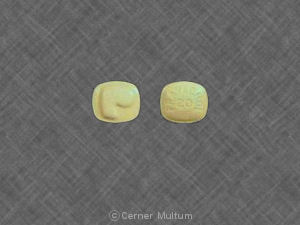Pravachol Interactions
There are 191 drugs known to interact with Pravachol (pravastatin), along with 6 disease interactions, and 1 alcohol/food interaction. Of the total drug interactions, 19 are major, 167 are moderate, and 5 are minor.
- View all 191 medications that may interact with Pravachol
- View Pravachol alcohol/food interactions (1)
- View Pravachol disease interactions (6)
Most frequently checked interactions
View interaction reports for Pravachol (pravastatin) and the medicines listed below.
- albuterol
- amlodipine
- aspirin
- Aspirin Low Strength (aspirin)
- Cymbalta (duloxetine)
- Fish Oil (omega-3 polyunsaturated fatty acids)
- Flomax (tamsulosin)
- gabapentin
- hydrochlorothiazide
- Lasix (furosemide)
- levothyroxine
- lisinopril
- metformin
- multivitamin
- Neurontin (gabapentin)
- Nexium (esomeprazole)
- Norvasc (amlodipine)
- omeprazole
- Plavix (clopidogrel)
- prednisone
- Prilosec (omeprazole)
- Protonix (pantoprazole)
- Singulair (montelukast)
- Synthroid (levothyroxine)
- Tylenol (acetaminophen)
- Vitamin B12 (cyanocobalamin)
- Vitamin C (ascorbic acid)
- Vitamin D3 (cholecalciferol)
- Xanax (alprazolam)
- Zoloft (sertraline)
Pravachol alcohol/food interactions
There is 1 alcohol/food interaction with Pravachol (pravastatin).
Pravachol disease interactions
There are 6 disease interactions with Pravachol (pravastatin) which include:
More about Pravachol (pravastatin)
- Pravachol consumer information
- Compare alternatives
- Reviews (11)
- Drug images
- Latest FDA alerts (4)
- Side effects
- Dosage information
- During pregnancy
- Drug class: statins
- Breastfeeding
- En español
Related treatment guides
Drug Interaction Classification
| Highly clinically significant. Avoid combinations; the risk of the interaction outweighs the benefit. | |
| Moderately clinically significant. Usually avoid combinations; use it only under special circumstances. | |
| Minimally clinically significant. Minimize risk; assess risk and consider an alternative drug, take steps to circumvent the interaction risk and/or institute a monitoring plan. | |
| No interaction information available. |
Further information
Always consult your healthcare provider to ensure the information displayed on this page applies to your personal circumstances.


